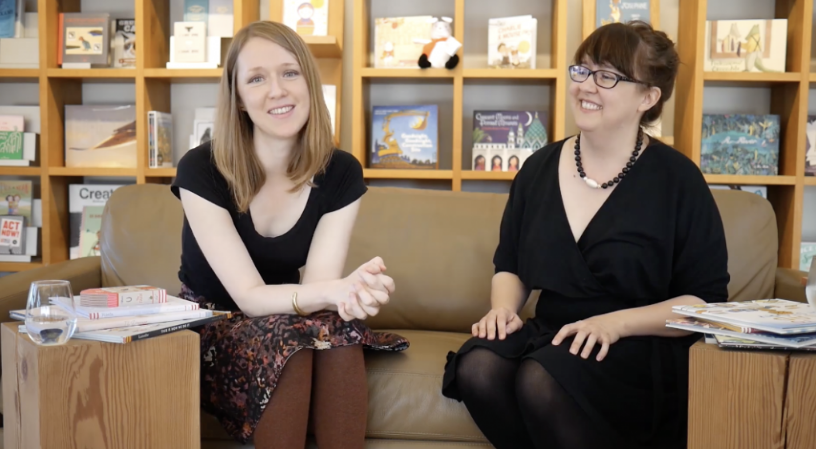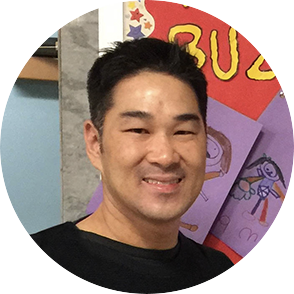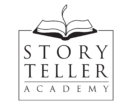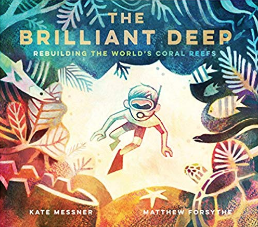Voice in Picture Books: Past vs. Present Tense

Most picture books are written in either past tense or present tense. And while some agents and editors will tell you that they prefer one over the other, I’d hope that any good agent or editor would then add, “but it depends on the book.”
You may be wondering what I’m talking about, so I’m going to give a brief explanation and some examples of the two tenses. Merriam-Webster Dictionary defines them this way:
Past Tense:
a verb tense expressing action or state in or as if in the past:
a: a verb tense expressive of elapsed time (such as wrote in “on arriving I wrote a letter”)
b: a verb tense expressing action or state in progress or continuance or habitually done or customarily occurring at a past time (such as was writing in “I was writing while he dictated” or loved in “their sons loved fishing”)
Present Tense:
the tense of a verb that expresses action or state in the present time and is used of what occurs or is true at the time of speaking and of what is habitual or characteristic or is always or necessarily true, that is sometimes used to refer to action in the past, and that is sometimes used for future events
Past tense is great for storytelling. It’s considered the easiest tense for young readers or listeners to slip into. It feels safer and more believable.
Examples of Past Tense:
- When I bit the cream puff, chocolate pudding surprised my tongue.
- That dragon was attacking my village.
- My little sister climbed a tree to save our cat.
They both needed help down.
Present tense is great for storytelling. It offers the reader a sense of immediacy. Readers feel like their experiencing everything at the same time as the characters.
Examples of Present Tense:
- When I bite the cream puff, chocolate pudding surprises my tongue.
- That dragon is attacking my village.
- My little sister climbs a tree to save our cat. They both need help down.
If you want to see an interesting breakdown of tenses and point-of-view, David McMullin studied trends in the picture book market by reading 1,000 picture books in 2016. And as you can see from the following examples, both tenses work as well for rowdy, humorous picture books as they do quiet, beautiful picture books.
Picture Books Written in Past Tense:
- Be Kind, by Pat Zietlow Miller
- Mixed, by Arree Chung
- The Rabbit Listened, by Cori Doerrfeld
- Goldilocks and the Three Dinosaurs, by Mo Willems
- Dragon Was Terrible, by Kelly DiPucchio
- Thank You, Omu!, by Oge Mora
Picture Books Written in Present Tense:
- The Remember Balloons, by Jessie Oliveros
- Ninja!, by Arree Chung
- I Want My Hat Back, by Jon Klassen
- All Are Welcome Here, by Alexandra Penfold
- The King of Kindergarten, by Derrick Barnes
- In a Blue Room, by Jim Averbeck
Picture Books Written in Multiple Tenses:
- The Brilliant Deep, by Kate Messner
- Grandma’s Purse, by Vanessa Brantley-Newton
- We Don’t Eat Our Classmates, by Ryan T. Higgins
- I’m an Immigrant Too!, by Mem Fox
- Unicorn Thinks He’s Pretty Great, by Bob Shea
- This Is Not a Valentine, by Carter Higgins
In the following Submission Ready highlight, Ariel Richardson and Melissa Manlove talk about when transitioning from past tense to present tense can work in a picture book biography, and when it doesn’t.
They both agreed that Kate Messner made the transition work in The Brilliant Deep, so I’d put that on your list of mentor texts if you’re working on a picture book biography.
I hope this post helps you make deliberate choices about which tense is best for the voice in each of your stories. The best thing might be to try writing it in each to see which is best.
If you need a refresher on what voice is, Melissa Manlove defines it in the following video. She doesn't mention tense here, but she does in her class.
Thanks for reading! If you have any questions, let me know in the comments.
Blog Contributors

Myrna Foster writes and edits content for Storyteller Academy and the WriteRiders Newsletter for SCBWI Nevada. She has spent a lot of time teaching and coaching children, including five years as a preschool teacher. She's also worked as a journalist, and Highlights High Five has published six of her poems.

Arree Chung is an author/illustrator and the founder of Storyteller Academy. Arree’s Ninja! series has received starred reviews from Kirkus and School Library Journal. Kirkus also gave a starred review to Mixed, which recently won the FCGB award.
Today Arree lives a creative life, making stories for children. Arree spends most of his time making picture books, writing middle grade novels, and sharing his love for art, design, and storytelling with kids and dreamers everywhere.

